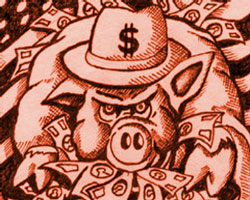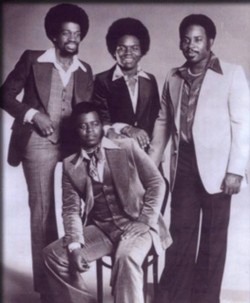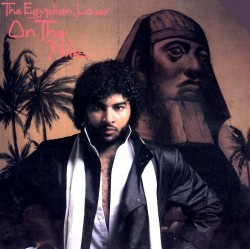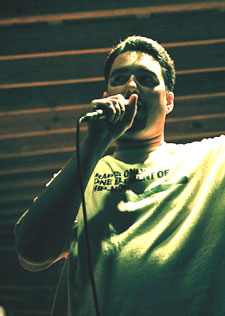Public Enemy meets Big Daddy Kane and Ice Cube
Burn Hollywood Burn.. This video speaks for itself.. An incredible song and video..
http://www.youtube.com/watch?v=k6MlwT1lBk0
http://www.youtube.com/watch?v=_BxBs4f4RIU
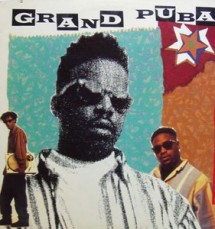 Grand Puba founding member of Masters of Ceremony and later Brand Nubian kicked off one of the dopes songs about education I ever heard… Here he talks about what we’re being taught and how it has major impact did one of the dopest songs aboutt education & the pyschological effects of racism..The name of the cut is called ‘Proper Education’ click link to hear: http://bit.ly/cknaJy
Grand Puba founding member of Masters of Ceremony and later Brand Nubian kicked off one of the dopes songs about education I ever heard… Here he talks about what we’re being taught and how it has major impact did one of the dopest songs aboutt education & the pyschological effects of racism..The name of the cut is called ‘Proper Education’ click link to hear: http://bit.ly/cknaJy
In ’92 The Dismasters sampled Martin Luther King & did a Hip Hop version of Black Nat’l Anthem The name of the song was ‘Black and Proud’ …click link to hear: http://bit.ly/bF1yuz
This is one of the most underrated groups to come out during the Golden Age of Hip Hop… They were Philly based 3xDope.. They had a cut I would rock all the time called ‘Increase the Peace’ where they sampled both Malcolm X and Martin Luther King.. It was the first time I had heard the two slain leaders in the same songs.. And incredible piece click link to hear: http://bit.ly/d4CtCO
My home girl DJ Chela from North Carolina turned me onto this song from her fellow North Carolinian .. Its from a dope artist named K-Hill.. The cut features lots of quotes from Malcolm X.. The song is called ‘My People’ click link to hear: http://bit.ly/bbv4JD
Erase Racism featuring Kool G Rap, Big Daddy Kane & Biz Markie.
A land mark song that spoke honestly and scared folks half to death back in 199o
click link below to watch..






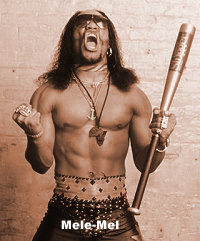






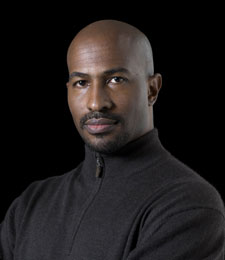

 The Supreme Court’s seismic January ruling that corporations are free to spend unlimited amounts of their profits to advertise for or against candidates may have been the latest shakeup of campaign finance – but gaping holes already allow corporations to spend enormous sums without leaving a paper trail, a Raw Story investigation has found.
The Supreme Court’s seismic January ruling that corporations are free to spend unlimited amounts of their profits to advertise for or against candidates may have been the latest shakeup of campaign finance – but gaping holes already allow corporations to spend enormous sums without leaving a paper trail, a Raw Story investigation has found.